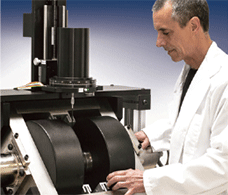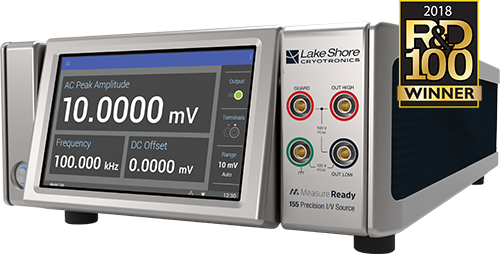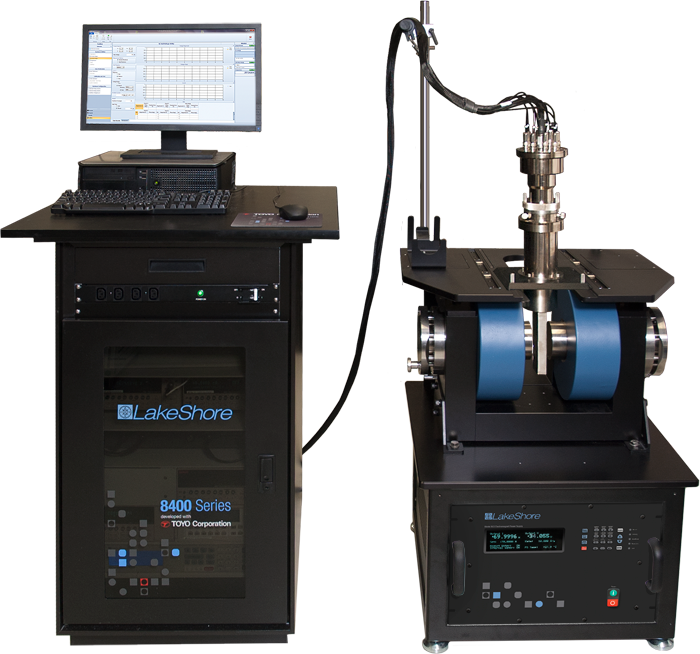
Material Science

Researchers are constantly striving to develop materials for a number of real-world applications. But there are barriers. For instance, promising new photovoltaic (solar cell) materials often have extremely low mobilities that cannot be measured using conventional characterization technology. Then there is also the difficulty of characterizing mobilities of complex structures that contain several carrier types, such as those of heterostructures, quantum wells, and multiply doped materials.
Lake Shore provides characterization tools that help overcome these barriers, offering you the technology for:
- Characterizing low-mobility materials, such as micro-crystalline silicon
- Discriminating between carrier types in multilayer materials, such as metallic ferromagnetic/nonmagnetic materials
- Determining carrier concentration and mobility in organic materials
- Studying nanomagnetic and thin film materials that exhibit very low magnetic moments
- Deriving carrier scattering times and magnetic resonances of novel materials
- Identifying low-energy excitations of certain materials
- Characterizing properties of ferromagnetic thin films
- Analyzing relationships between superconducting and magnetic properties
- Studying high-temperature superconductors






